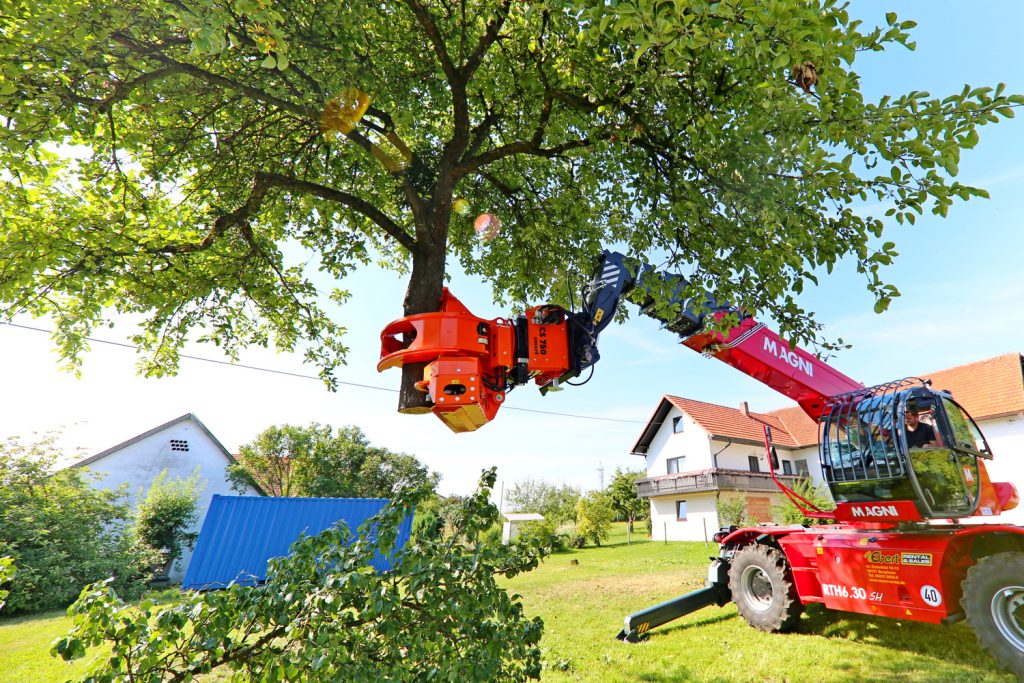Plant a Tree where the Stump is Removed
Planting trees is like giving a gift to nature. It’s a simple act that makes a big difference. Trees provide shade, clean air, and homes for birds and animals. They also help fight climate change. But planting a tree isn’t just about digging a hole and putting it in the ground. There are some important steps to follow to make sure your tree grows strong and healthy. In this guide, we’ll show you can we plant a tree where the stump is removed, step by step.
Factors to Consider Before Planting
1. Stump Removal
- Before planting a new tree, ensure that the old stump has been completely removed. Any remaining stump or roots can hinder the new tree’s growth. Stump removal rejuvenates landscapes, making way for fresh growth and beauty.
2. Soil Quality
- Assess the soil quality in the planting area. Stump removal can sometimes disturb the soil, so check if it needs amendments. Loamy, well-draining soil is ideal for tree growth.
3. Root Competition
- Old tree roots from the previous stump may still be present in the soil. These roots can compete with the new tree’s roots for nutrients and water. Remove any interfering roots.
4. Sunlight and Spacing
- Consider the amount of sunlight the planting area receives. Different tree species have varying sunlight requirements, so choose a species suitable for the site conditions. Ensure there is enough space for the new tree to grow without interference from nearby structures or other trees.
5. Tree Selection
- Choose a tree species that is well-suited to your local climate, soil type, and available space. Consider factors like drought tolerance, disease resistance, and the expected height and spread of the tree.
Steps for Planting Trees Where a Stump was Removed
1. Prepare the Planting Site
Proper Hole Digging: Dig a hole that is wider and deeper than the root ball of the new tree, ensuring ample space for root expansion.
2. Amend the Soil
- If the soil is poor or compacted, consider adding organic matter, such as compost, to improve its quality. This enhances nutrient retention and drainage.
3. Choose the Right Tree
- Select a tree species suitable for the site conditions, keeping in mind factors like soil type, sun exposure, and space availability.
4. Planting procedure
- Gentle Handling: Handle the new tree carefully when removing it from its container or wrapping it to prevent root damage.
- Correct Planting Depth: Plant the tree at the right depth, making sure the root collar is level with the ground surface.
5. Watering
- Water the newly planted tree thoroughly after planting. Continue to keep the soil consistently moist, but not waterlogged, during the first few years of growth.
6. Mulching
- Apply a layer of mulch around the base of the tree to conserve moisture, regulate soil temperature, and suppress weeds. Leave a gap around the tree trunk to prevent moisture buildup.
7. Maintenance
- Pruning and Care: Prune the tree as necessary to encourage healthy growth and remove any dead or damaged branches.
- Long-Term Care: Commit to long-term care and maintenance to ensure the tree’s health and vitality over its lifespan.
8. Patience
- Understand that it may take time for the new tree to establish itself and grow. Be patient and provide the necessary care and maintenance.
Related Posts:
Safety Guidelines for Tree Planting
Planting trees is a rewarding task, but safety is paramount. Follow these guidelines:
Proper Gear
Wear safety gear like gloves and eye protection.
Tree Inspection
Examine the tree for any issues before planting.
Safe Tools
Use sharp, well-maintained tools.
Correct Planting Depth:
Plant at the right depth, avoiding burying the root collar.
Mulch Carefully
Apply mulch with a gap around the trunk.
Water Responsibly
Water adequately without overdoing it.
Monitoring
Regularly check for signs of stress or issues.
Pruning Safely
Prune branches carefully to encourage growth.
Long-Term Commitment
Plan for long-term care and maintenance.
Environmental Awareness
Respect local regulations and environmental considerations.
Conclusion
In this comprehensive guide, we’ve walked you through the process of Can we plant a tree where the stump is removed. From assessing the situation to aftercare and maintenance, you now have the knowledge and tools to tackle this common homeowner challenge successfully. In this concluding section, we’ll recap the key takeaways and encourage you to take action for a healthy, root-free lawn.




